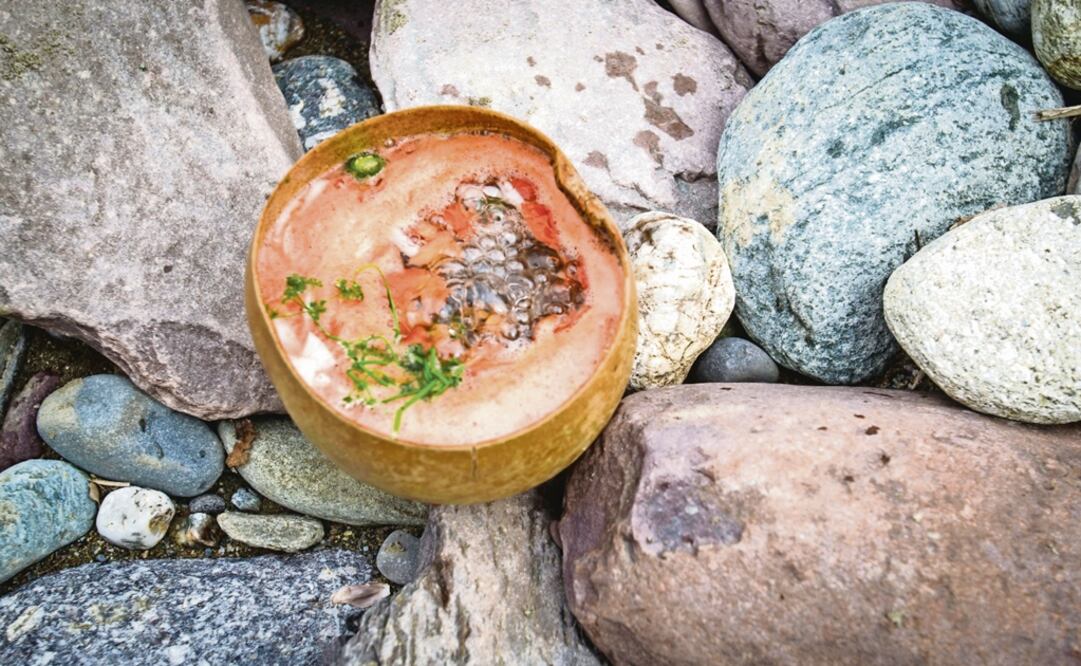Más Información

Pedro Haces niega nexos del extorsionador “Limones” con la Catem; felicita a las autoridades por la detención

CDMX emite declaratoria de emergencia por lluvias atípicas; nueve alcaldías atenderán daños por inundaciones y socavones
In Mexico, stone soup is more than a folk tale, it is a living tradition in San Felipe Usila , a small village in the state of Oaxaca .
This village, located near the Papaloapan river basin , remains one of the country’s gastronomic paradises and a symbol of Chinanteco culture . It is 100 kilometers away from the city of Tuztepec .
Its geography, full of mountains and small plains 100 meters above sea level, is home to some 5,000 people. It is thanks to San Felipe Usila’s traditional stone soup that the region has become a landmark for food lovers in search of exotic dishes. The seafood that is cooked with boiling rocks in the river bank of Papaloapan is unique.
The community’s culinary heritage stands in contrast with their issues. According to a survey on poverty and social gap conducted by the Ministry of Social Development (SEDESOL), 39.5% of its population lived with dietary deficiencies and a high rate of marginalization as of 2016.
Regarding the origin of this dish, there are no records that say exactly when it was created, though everyone has come to accept it as an inherited tradition. Due to the null Spanish influence in the region, the villagers of San Felipe Usila believe that it dates back to pre-Hispanic times.
There are three methods of making “Caldo de piedra” (stone soup) and each offers a slight variation in flavor. It usually has a mineral taste, and the heat and energy coming from the hot rocks usually brings out the taste of seafood. When the soup is made in holes dug in the sand or at the riverbank, spiced with herbs, the flavor is more natural and fresh.
Nowadays, stone soup is offered in several tourist destinations of the state of Oaxaca, though a true food lover will surely prefer the taste of the traditional stone soup made in the Papaloapan river basin.
dm
Noticias según tus intereses
[Publicidad]
[Publicidad]













